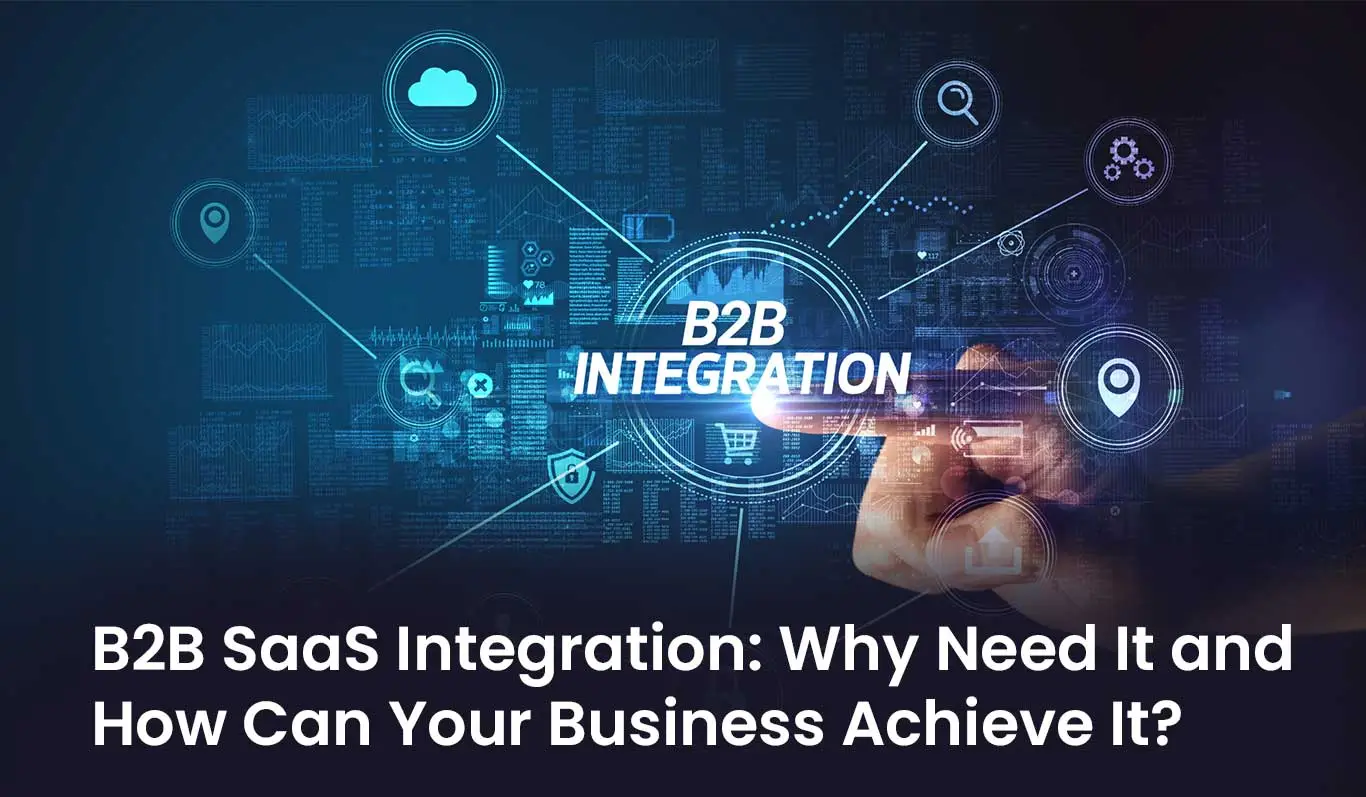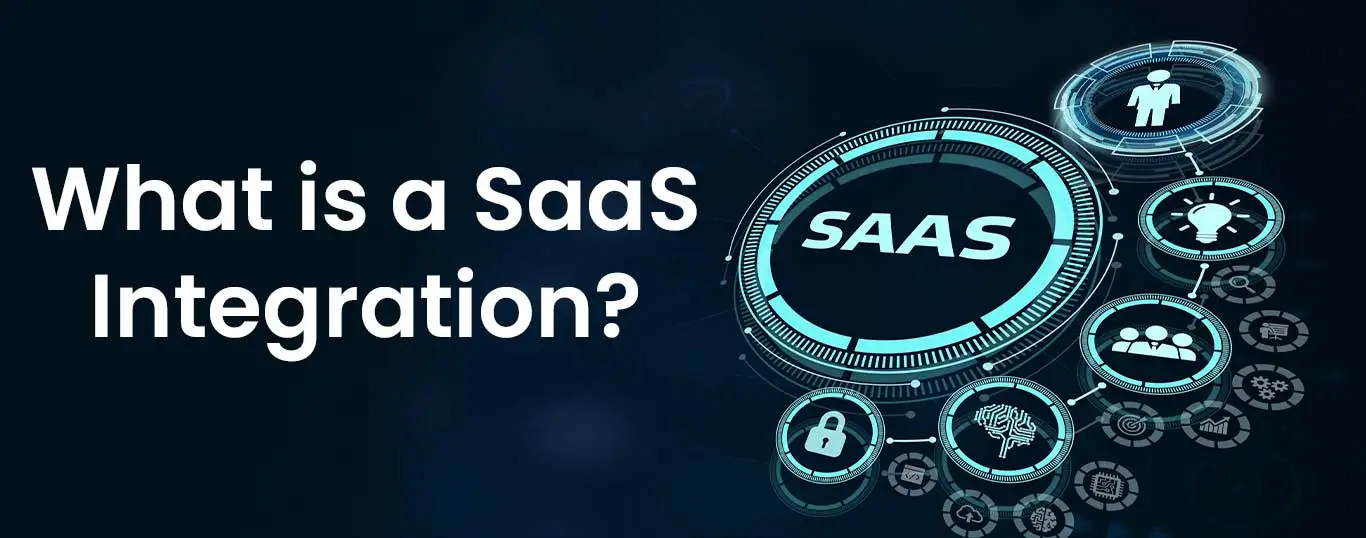B2B SaaS Integration: Why Need It and How Can Your Business Achieve It?

Are you a company that provides online services to other companies? Do you use SaaS (software as a service) solutions for your company?
Nowadays all industries are using SaaS software. SaaS has gained a lot of attraction and is assisting organizations in streamlining communication, lowering IT expenses, and increasing flexibility.
A SaaS platform helps organizations to communicate with customers more effectively, pinpoint their requirements, and take appropriate action. Those who want to take advantage of cloud computing should use this platform.
Business Model for B2B SaaS and Market Statistics
We Neetable been a service provider for many years. We already have a lot of projects active, and you're utilizing excellent subscription-based software, or SaaS Solutions, for both project management and customer relationship management.
The businesses that offer project management and customer relationship management as SaaS solutions serve as clients of your company. And those firms are referred to as B2B SaaS firms. The B2B SaaS business model, which helps other business professionals in achieving their objectives and expanding their operations, is sometimes referred to as a licensing model.B2B SaaS companies have a significant stake in helping their clients succeed.
Customers and organizations can choose from a number of subscription models that let them pay on a monthly, quarterly, or annual basis for the services they really need to get the most value for their money.
Most firms heavily rely on the following B2B SaaS cloud-enabled solution categories:
- Enterprise Resource Planning (ERP)
- Human Resource Management Solution (HRMS)
- Customer Relationship Management (CRM)
- Supply Chain Management (CRM)
- Managed Cloud Services
- Financial software, etc.
The leading companies selling goods and services in these B2B SaaS product categories are Microsoft, Salesforce, Oracle, Adobe, SAP, and others, with the revenue increase for the years Y2021–2022 as follows:
Market Statistics of B2B SaaS Businesses in Specific Areas
Businesses that offer public cloud services are in great demand when it comes to B2B SaaS, particularly in the wake of the COVID-19 epidemic, when the majority of enterprises were compelled to operate remotely. According to a 2022 Gartner poll, 83% of B2B buyers expressed interest in purchasing online services through digital commerce.
According to BBC Research on the worldwide SaaS market, the sector would increase at a CAGR of 20.6% between 2022 and 2027, surpassing the USD 571.9 billion in investments.
The B2B SaaS market size growth for the particular financial category is projected to reach USD 130.7 billion by 2027 with a CAGR of 19.2% for the same forecast period as above.
The B2B SaaS market's retail & e-commerce category is expected to grow at a CAGR of 23.6 during the same forecast period as above, reaching a value of USD 138.9 billion by 2027.
What is a SaaS Integration?

SaaS integration allows the seamless connecting of two to three separate SaaS apps, enabling them to communicate data easily, similar to any other API or database interface.
SaaS apps are linked together via a single cloud platform, such as middleware or an integration platform. SaaS integration is a practical method for enabling centrally linked apps to communicate with one another. In order to complete the dependence, you can use this to synchronize data that is created from a separate source or move data from one app to another.
User experience is ultimately concentrated or integrated as a result of this. Users can get the most out of this increasing access by using it to make smarter decisions, run their businesses more effectively, and break down data silos, which will increase productivity. SaaS integration is a useful technique for achieving process automation across business-critical apps.
5 Important Benefits of SaaS Integration for Your Business
When it comes to ensuring that B2B SaaS organizations get the most out of the many SaaS solutions and SaaS integration is crucial.
Software-as-a-Service (SaaS) integration involves combining different SaaS applications to work together seamlessly, allowing organizations to streamline their business processes and improve overall productivity.
Improved Time Efficiency
By integrating multiple SaaS app, businesses can automate their workflows and reduce manual data entry, resulting in improved efficiency and reduced operational costs.
SaaS integration makes it easier to automate processes and streamline workflows, which makes it obvious for organizations to become more time efficient by wasting less time and effort.
The smooth automation of data transmission across apps, data synchronization, and data processing has become feasible due to connectivity to various SaaS or cloud-native applications through a single backend interface. No longer need to manually enter data and process it after you've done it, which leads to error-free productivity.
Enhanced Data Management
SaaS integration enables businesses to gather and analyze data from different sources, providing a comprehensive view of their operations. This helps organizations make better-informed decisions and improves their overall data management capabilities.
Increased Agility
SaaS integration allows businesses to quickly adapt to changing market conditions by integrating new applications or replacing outdated ones. This helps organizations stay competitive and agile in a rapidly changing business environment.
Better Collaboration
Integrating different SaaS software applications allows teams to collaborate more effectively, share data, and work on projects together in real-time. This helps improve communication, streamline workflows, and increase productivity.
Cost Savings
SaaS tech stack integration can help businesses reduce IT costs by eliminating the need for multiple software licenses, reducing hardware expenses, and reducing the need for dedicated IT staff to manage different applications. Additionally, SaaS integration can help organizations avoid costly downtime by ensuring that all applications work together seamlessly.
Conclusion
Using SaaS solutions to manage your company's operations is crucial in today's technologically and data-driven corporate world. To receive the synced data from many applications, improve your business operations by accomplishing SaaS integration of those solutions with older cloud-based software solutions.
To obtain your efficient B2B SaaS integration solution, search for the greatest cloud computing services provider. For complete SaaS solutions, Neetable is your one-stop shop. To receive the top best SaaS integration solution, share your needs right now.
Request a Quote
Categories
Popular posts
Best Practices for Software Product Engineering Every CTO Should Implement
2023-14-18How to Build Your Own On-Demand Carpooling App Services?
2023-08-25How to Start an On-Demand Fuel Delivery Business: A Comprehensive Guide
2023-07-28Empowering Miners: How Fleet Management Apps are Transforming the Mining Industry?
2023-07-21A Complete Guide to Develop a Food Delivery App for Restaurants in 2023
2023-07-08Mobile Apps Transforming the Travel Industry: A Game-Changer in Travel Planning and Experience
2023-07-07
